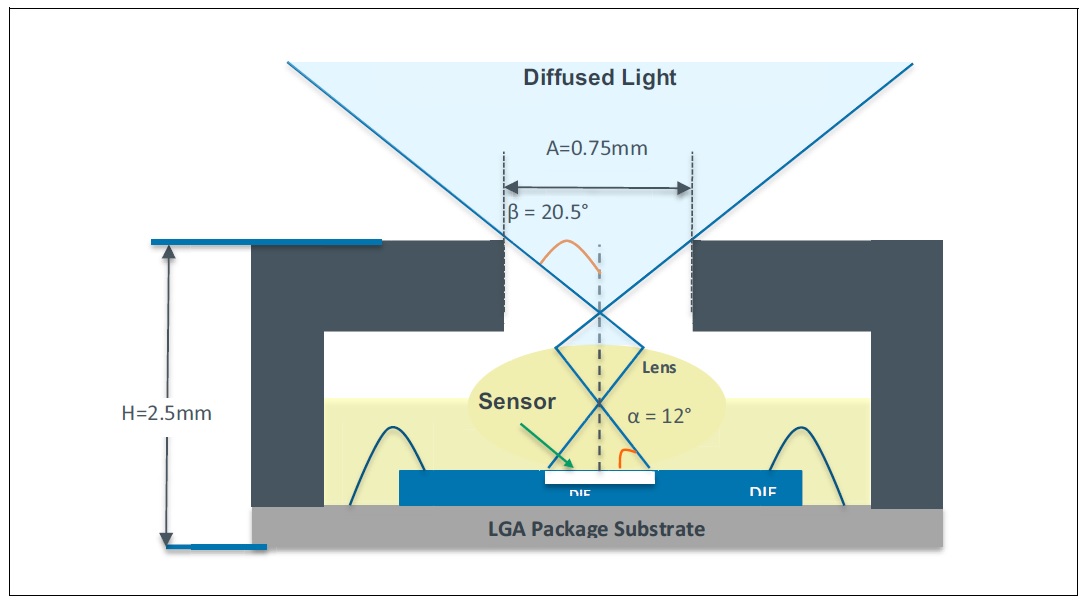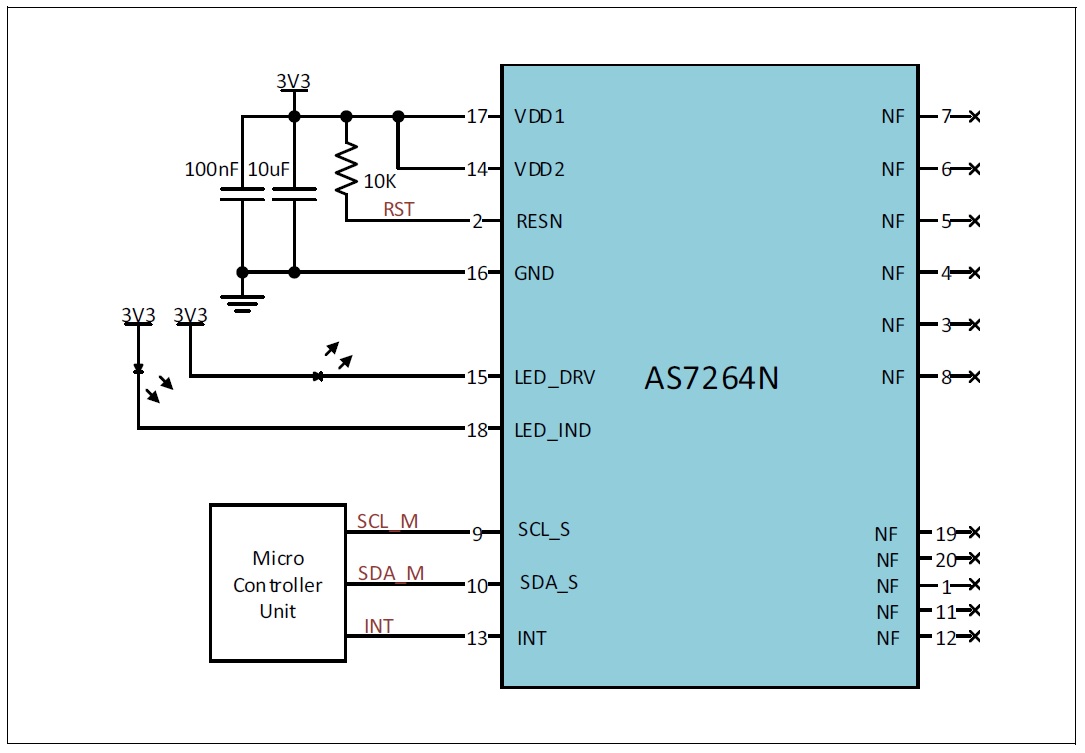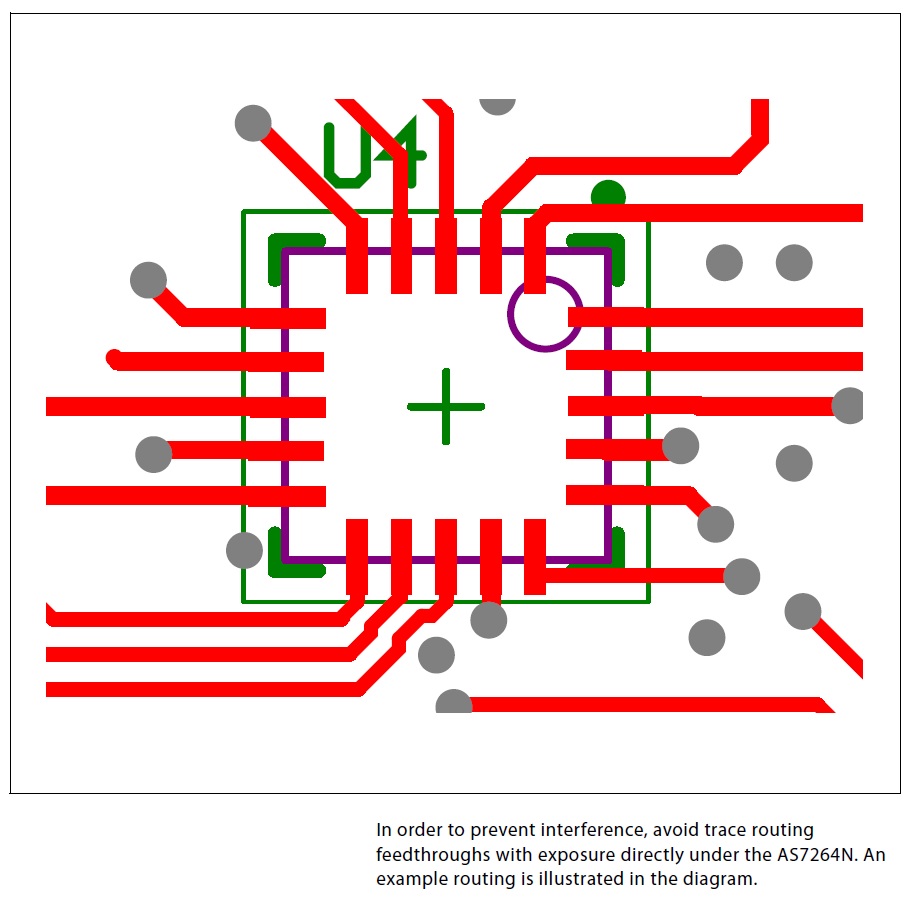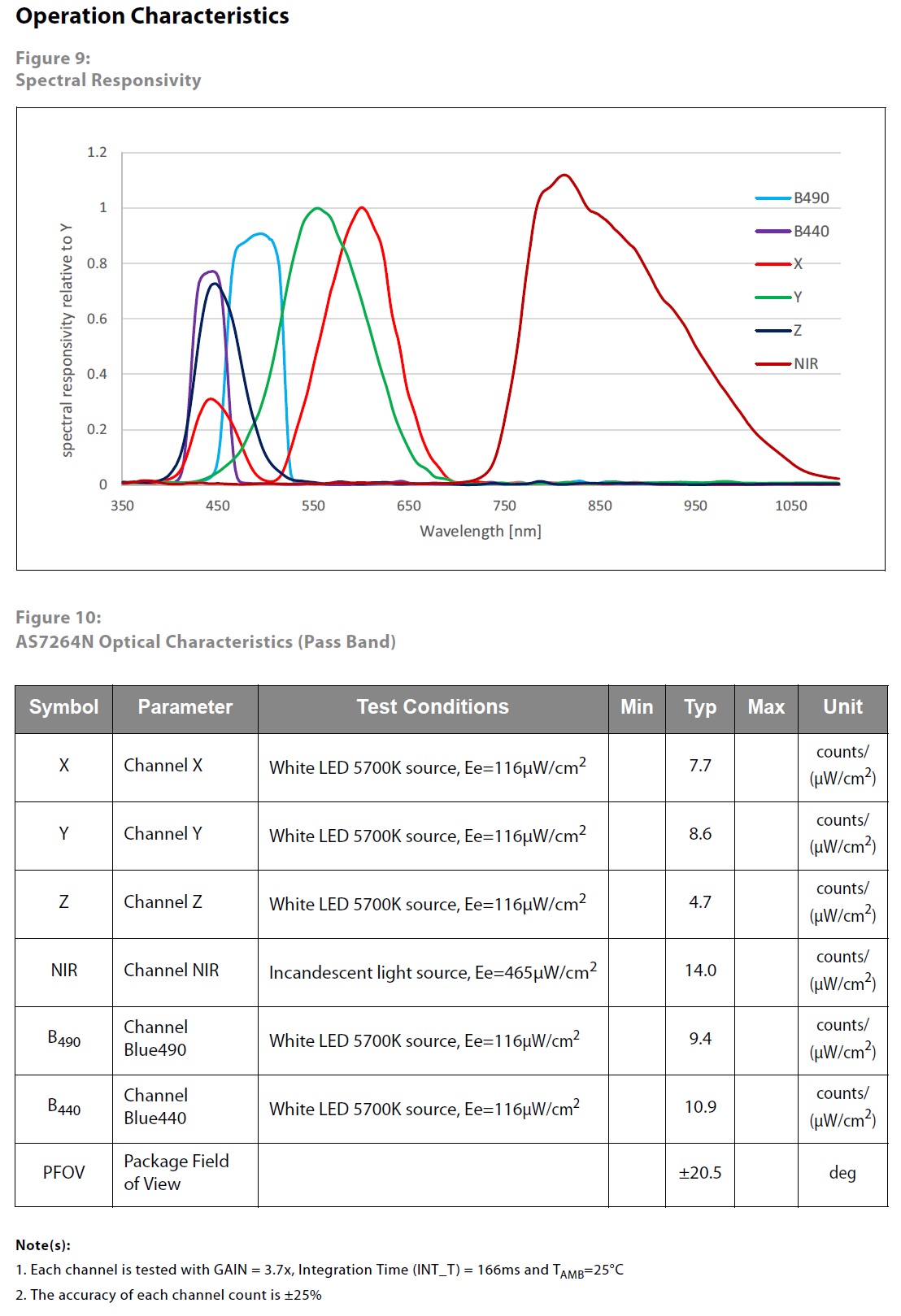A new tri-stimulus color sensor is
designed for providing color measurements that closely match the human
eye's response to visible light.
ams recently announced their new tri-stimulus color sensor, the AS7264N. According to the press release,
this sensor "accurately measures blue-light wavelengths,” which is
important because blue light has been linked to health issues such as
disruption of the circadian rhythm and eye strain.This relationship of blue light to eye health reminds me of the "Night Shift" feature that my smartphone has. When enabled, the Night Shift mode reduces the amount of blue light on the phone's screen. True, at first I didn't notice too much of a difference in the reduction of blue light, but after using the Night Shift mode for a mere 10 minutes (in the dark, of course) and then intentionally disabling the mode to see the difference, I immediately become aware of the huge disparity. So given this observation, it makes sense, to me, that the intensity levels of blue light should be monitored with the goal of improving the health of our eyes. (By the way, there are apps available to help protect our eyes from excessive blue light; a quick search should bring up the options for your particular device).
So kudos to ams for designing such a sensor. A system block diagram for this sensor can be seen in the image below.

Figure 1. System block diagram for the AS7264N tri-stimulus color sensor, from the datasheet (PDF).
Housed in a Small Package
This color sensor is available in a 20-pin 4.5 × 4.7 × 2.5 mm LGA package. And while the package height of 2.5 mm may seem a bit excessive, be aware that—in addition to housing the color-sensing mechanism, itself—this package also contains a built-in aperture (to control the light entering the sensor array) as well as a light-directing lens—see the image below.
Figure 2. AS7264N LGA package depiction. Image taken from the datasheet (PDF).
Although it's true that this sensor does indeed come in a 20-pin package, take note that less than 50 percent of the pins (only nine of them) are actually used—thanks, in part, to its control and spectral data access via I2C communications (see the schematic image below). This reduced pin count should definitely ease the routing task when placing the IC in your PCB design.

Figure 3. AS7264N typical application circuit, from the datasheet (PDF).
ams has also provided a typical layout routing scheme (see image below). This example routing strategy, however, is just that: an example (and not a particularly relevant one). I say this because it doesn’t account for the fact that eleven of these pins don't require a connection.

Figure 4. Routing example, from the datasheet (PDF).
XYZ Sensor
ams considers their AS7264N XYZ sensor to be a "next-generation digital color sensor." As mentioned in the datasheet, it "senses X, Y, Z standard observer filters compliant with the CIE 1931 standard observer response..."Now, if you design in, or otherwise work in, the world of light sensing or light generation (or if you have detailed knowledge regarding the functionality of the human eye) then you may know exactly what is meant by "X, Y, Z standard observer filters" and "CIE 1931." Otherwise, these phrases might be rather foreign. If you're looking to become educated about these topics, don't plan to do so by simply reading the AS7264N datasheet. Although the datasheet does, without a doubt, provide some valuable information regarding these terms, the information is not comprehensive.
In the datasheet, ams has provided a Spectral Responsivity chart and an Optical Characteristic (Pass Band) table—see below.

Figure 5. Operational characteristics of the AS7264N color sensor, from the datasheet (PDF).
Samples and an Evaluation Board
As mentioned in the press release, samples of this IC are currently available, and unit pricing is listed at $4.50 in quantities of 1,000 units. Also, the ams online store offers an evaluation board for this sensor. To request samples or find additional technical information, ams recommends that you visit their AS7264N Spectral-Sensing website.Have you had a chance to use this new tri-stimulus color sensor from ams? If so, leave a comment and tell us about your experiences.







No comments:
Post a Comment